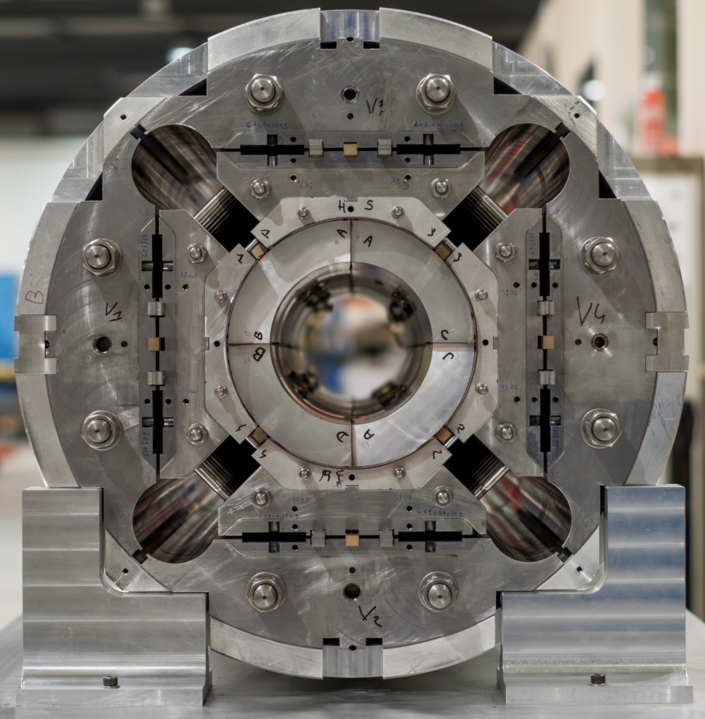
Cast your mind back to high school chemistry and you might remember the van der Waals force: The weak bond between molecules, caused by the way their electrons shift at the atomic level. Now, for the first time, those tiny forces have been measured between two atoms.

Neutron scattering and computational modeling have revealed unique and unexpected behavior of water molecules under extreme confinement that is unmatched by any known gas, liquid or solid states.

Fermilab outside Chicago will soon begin its Deep Underground Neutrino Experiment (DUNE), and what it hopes to accomplish is as brilliant and confusing as the book of its namesake.

In December, the ATLAS and CMS experiments reported what could be the first hint of a new massive particle that spits out two photons as it decays. Now, physicists are presenting their latest analyses, including a full investigation of this mysterious bump. Both experiments have come to the same conclusion -- the bump is still there.

Recent results from the Large Hadron Collider (LHC) in Switzerland hint at activity going on beyond the standard model of particle physics - which means we could finally be about to enter a new era in physics.

Yesterday and today I have been spending time in Rome together with 600 Italian colleagues, at a symposium named "What Next". The idea is to discuss what should be the strategy of the institute to participate and support basic research in fundamental physics in the next few decades.

Produce and detect gravitational fields at will using magnetic fields, control them for studying them, work with them to produce new technologies -- it sounds daring, but one physicist has proposed just that in a new article. If followed, this proposal could transform physics and shake up Einstein

Physicists working at the Large Hadron Collider reported an unusual bump in their signal. But this time, they have no idea where the bump came from.

Cause always leads to effect — except, of course, in particle physics.

Scientists may have discovered a new particle in nature - or it could be a glitch.

Basic physics suggests that electrons are essentially immortal. A fascinating experiment recently failed to overthrow this fundamental assumption.

New collisions could help explain what conditions were like up to a billionth of a second after the Big Bang

The first measurement of the interaction between antiprotons - the antimatter equivalent of protons - has been completed by an international team of physicists working at the Relativistic Heavy Ion Collider (RHIC) at Brookhaven National Laboratory in New York.

China's Circular Electron Positron Collider (CEPC) is expected to be at least twice the size of the world's current leading collider, the Large Hadron Collider.
NASA's Fermi Gamma-ray Space Telescope has detected beams of antimatter launched by thunderstorms. Acting like enormous particle accelerators, the storms can emit gamma-ray flashes, called TGFs, and high-energy electrons and positrons. Scientists now think that most TGFs produce particle beams and antimatter.